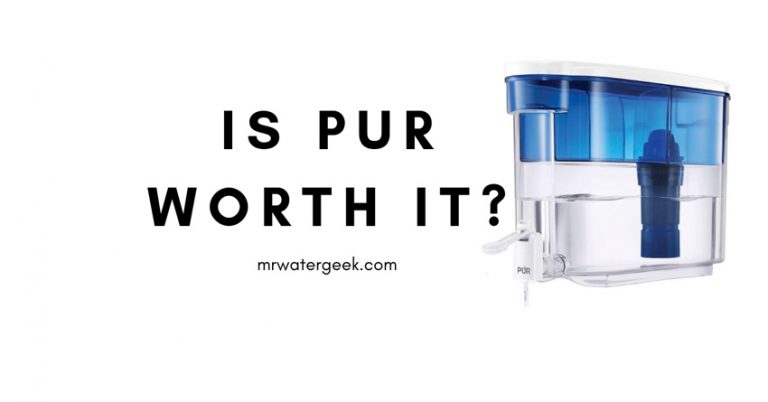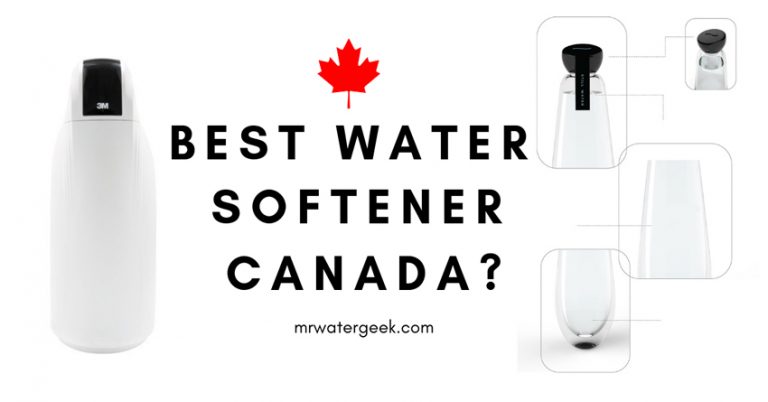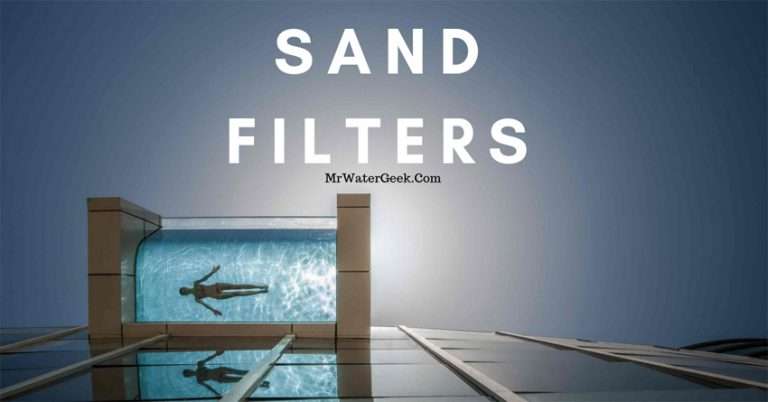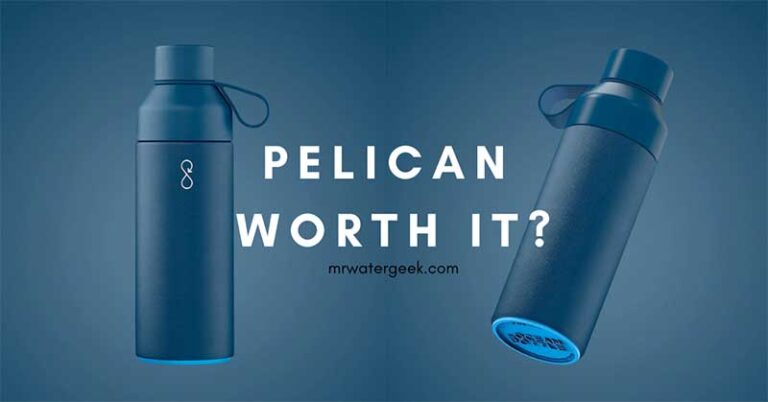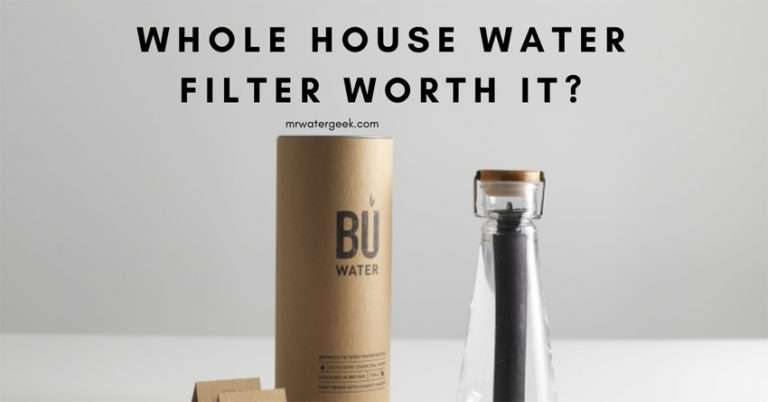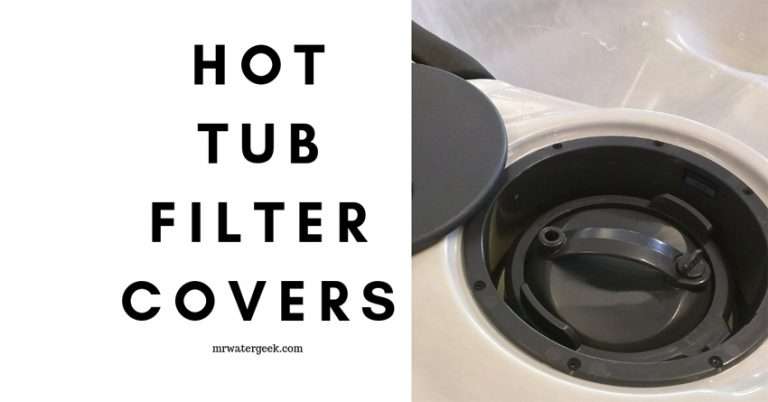How to Choose a Camping Water Filter: Tips and Recommendations
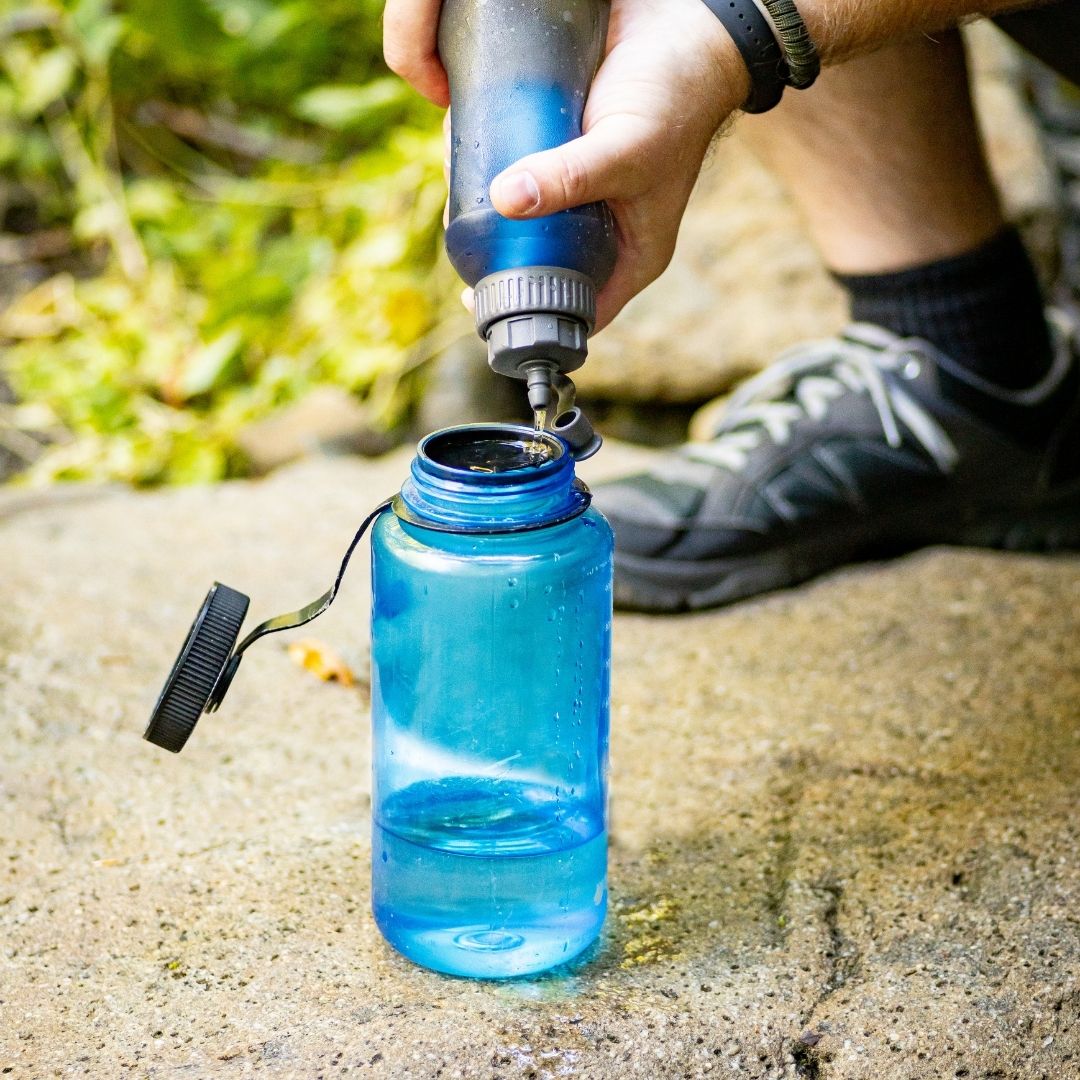
Nothing beats spending time in nature, tucked away from the hustle and bustle of everyday life. Going camping is a wonderful way to unwind in the great outdoors while enjoying activities like hiking, stargazing, cooking over a campfire, and more.
However, one drawback of camping is that not all campsites provide access to clean, drinking water. Let alone clean water for other non-drinking activities. While some campgrounds have potable water sources available, many do not. This is where bringing a portable water filter comes in handy.
A camping water filter allows you to safely drink from available, and even natural, water sources found during your camping trip, lessening the burden of carrying large water containers. Not all water filters are ideal for camping uses, though. In fact, some of the most popular filters on the market are better suited for international travel or emergency preparedness situations than a camping trip.
With so many options on the market, it can be difficult to determine which water filter is best for your camping needs. That’s what I’m here for. Today, I’ll share some tips and recommendations to help you choose the right backpacking water filter. Let’s get into it!

How to Choose a Camping Water Filter
Step 1: Consider how you will use it.
When picking a water filter, take some time to think about how it’s going to be used. Will you backpack in remote locations with intermittent water sources or base camp beside lakes? Are you embarking on a short weekend trip for two or on a long family road trip? It’s necessary to match the attributes of a filter to your various usage scenarios.
For instance, personal pumps will be enough for occasional hikers while gravity systems will help avoid the hassle of continuous pumping for large families. The compact bottles will effectively work with day packers and those going on an expedition are likely to require high volume filters. Similarly, car camping that occurs more frequently and closer to access points is not as capacity intensive as backcountry trips.
Factors such as trip duration, group size, destinations, daily schedules, and resupply opportunities help clearly outline what is needed. Be sure to realistically think through how each aspect will play out in the field. Regional streams allow you to get by with minimal storage; however, desert treks require pre-trip caching along the route. Remember–reasonable selection streamlines logistics; illogical gear overwhelms trips. Nothing spoils outdoor fun like ill-matching or inadequate gear!
Step 2: Check the filter lifespan and replaceable parts.
When comparing filter options, get the real story on the length of time each design is rated for treatment. How many gallons or liters does the manufacturer think it can handle before servicing is required? Also research how realistic parts replacement schedules are. For example, if replacement intervals are unrealistically short, it can wind up costing you more in the long run than a good quality design that requires little maintenance. Good retailers can enlighten you about real-life field experience regarding lifespan.
Also consider typical water needs for activities planned. Seasoned anglers require minimal volumes whereas families are more likely to hydrate continuously. Account for backwashing frequency along with untreated water volumes. Moreover, consider intended use projected beyond the current season. Infrequent users likely justify economy filters whereas family outfitters would demand more durability. Overall treatment quantities balanced with costs optimize value.
Lifetime warranties–which some retailers offer–provide peace of mind against unexpected costs. Thoughtful analysis weighs factors such as typical use scenarios, maintenance schedules, and overall affordability for long-term satisfying performance.
Step 3: Evaluate treatment throughput.
The rate at which filtered water becomes available impacts convenience while outdoors. Read manufacturers disclosed throughput rates with practical expectations in mind. Most flows range from 0.5 to 2 liters per minute initially but naturally diminish as contaminants accumulate.
Consider average daily needs for water use in cooking, cleaning, and outright volumes of drinking. Will it be more economical to gather several days / nights worth of water from a single reliable source, rather than having to constantly dribble? How might variable throughputs impact the means of hydration, meal preparation, or self-reliance?
Remember, flow rates reflect start-up efficiency when pure before typical declines. Field tests show how the filters actually perform so there are some specific factors to be mindful of. Contamination levels and pre-treatment efficiency are likely to influence flow rates experienced during use. Carefully envision different possible water scenarios and balance the projected rates with comfort of handling those needs easily.

Step 4: Consider packability and mobility.
The overland carrying requirements weigh heavily alongside life-saving functionality. Self-contained bottle models surreptitiously stow yet lack group support while bulky rigs constrain packs. You will need to evaluate the options that allow for easy mobility and packability for the group or for your personal use while outdoors.
Terrain and personal factors influence packable filter choices. Wooded trails accommodate bulkier filters over rocky areas demanding ultra-lightweight options. Day hikers prioritize minimalism while thru-hikers scrutinize ounces. Test loaded packs for comfort and safety matched to demands. Individual capacities and intended environments matter more than specs alone. Proper fit sustains enjoyable journeys.
Trying to make the most of space will always spark up minimalist designs. From retracting components to fixed hoses, there are different options that maintain the needed functions while enhancing ease of use.
Step 5: Appraise usability effort.
Even the most sophisticated apparatus proves useless without a balance of simple dependable functionality. Examine diverse user perspectives when weighing purported maintenance against intended self-reliance.
Evaluate purported ease versus demands. Filters that involve complex setup processes may falter under stress while fixed designs enable relaxing. Likewise, filters with many parts run the risk of inviting failures unlike resilient singular construction. Durable setups are more likely to survive mishaps than delicate novel products.
User experiences always inform technical data, so consider suitable effort levels required for operation. Well-built gear likely sources hydration pleasantly without too much work. This way a good design turns tasks into relaxing pastimes.
6 Best Camping Water Filters
When choosing a water filter for backcountry use, size, weight, cost, and intended functionality must all be considered. Here are some of the popular portable water filter options for camping with their key specs:
Sawyer Squeeze
The Sawyer Squeeze is known as Sawyer’s workhorse model suitable for heavy users thanks to its long-term reliability. It comes with an industry-leading lifetime warranty, underscoring its durability. The Squeeze filter treats water at an absolute size of 0.1 microns, removing 99.99999% of bacteria and 99.9999% of protozoa. It also filters out all microplastics. To use it, you simply fill the included reusable pouch at the water source, then screw the filter onto the pouch to drink directly or squeeze water into a separate vessel.
At only 5.5 inches tall, 1.9 inches wide, and 1.9 inches long, the Sawyer Squeeze takes up very little space in a pack. It weighs in at just over 3 ounces. The hollow fiber membrane inside provides highly effective filtration that Sawyer individually tests each unit to ensure. Overall, the Sawyer Squeeze justifies its popularity as a go-to back country filter through long-lasting reliability, versatile use, and an exceptional lifetime warranty. Retailing at around $40, it presents excellent value for its small price tag. This filter is ideal for hiking, camping, hunting, fishing, emergency prep, or traveling abroad.
Grayl Geopress
The Grayl Geopress is one of the most user-friendly camping water filters on the market thanks to its simple and highly functional design. Weighing only 15.9 ounces, it collects and purifies water in a single cup using an inner and outer chamber system. No additional accessories are needed – just fill the outer cup from any water source and press the inner cup to simultaneously filter and collect 24 ounces of treated drinking water. This purification process is also extremely rapid, completing in under a minute due to an impressive flow rate of 5 liters per minute.
The Geopress uses integrated electro-adsorption and carbon block filtration technology to remove a wide range of contaminants from untreated water. It filters down to the microscopic size of 0.1 microns to eliminate viruses, bacteria, protozoa and other particulate matter. An additional advantage is compatibility with electrolyte and supplement powder mixes, allowing nutrient-enhanced filtered water on the go. Long-term durability is supplied through a replaceable cartridge estimated to purify 65 gallons over its lifetime. Overall, the self-contained, fast-acting and lightweight design of the Grayl Geopress makes it an outstanding choice for reliable backcountry hydration from varied water sources.
LifeStraw
Weighing only 1.6 ounces and measuring 8.66 x 0.98 x 0.98 inches, the LifeStraw is extremely lightweight and compact. Made of plastic, it removes 99.999999% of bacteria, 99.999% of parasites, and microplastics down to 1 micron in size according to rigorous independent testing. Ideal for individual use, the LifeStraw can provide up to 4,000 liters (over 1,000 gallons) of clean water through its microfiltration membrane as long as proper use and maintenance is followed. It meets the EPA and NSF standards for removal of bacteria and parasites from untreated water sources.
While only intended for personal use and requiring direct drinking from the source, the LifeStraw is well-suited for basic emergency preparedness kits or warm weather day hiking where clean water access is plentiful. Its diminutive size and weight make it incredibly packable for minimalist situations.
Portability becomes Lifestraw’s single greatest strength and most profound weakness. For any situation besides sole survival transit, its restrictions greatly diminish appeal against similarly lightweight alternatives. Direct source suction and lack of on-demand stored water handling disqualify this personal-use only tool from all but simplest day hike scenarios where clean sources lay within steps. While respected for life-saving design, extended trips require superior flexible solutions.
Katadyn Befree 1.0L Water Filter
Weighing just 2.24 ounces and measuring 10.0 x 4.25 x 3.0 inches when expanded, the Katadyn BeFree is extremely lightweight and packs down small making it very portable. For around $45, it provides a reliable way to access clean drinking water during outdoor adventures. The BeFree uses a 0.1 micron hollow fiber membrane to remove bacteria and protozoa like Giardia and Cryptosporidium from unfiltered water sources. Its EZ-Clean membrane allows for quick and easy cleaning without tools by simply shaking or swishing debris free.
Helping it stand out is a flow rate up to 2 liters per minute, allowing for fast hydration to keep up an active pace. The 1 liter flask collapses down for compact storage in tight pack spaces, too. Overall, it offers an intuitive and versatile personal water filtration solution suitable for solo day hiking, backpacking, and other outdoor activities where access to clean water is needed.

MSR Guardian Purifier
The most expensive at nearly $390, the 5.2 x 5 x 12.2 inch, 2.19 pound MSR Guardian targets large groups with its 2.5 liter per minute flow and additional virus killing ability. This increased performance demands a larger size and weight premium over personal use models, but replaces its cartridges relatively affordably and boasts a 10,000 gallon lifespan. When vital to supply many people safely, it proves a worthwhile investment. It’s also important to note that this setup both filters and purifies for the highest levels of drinkability and protection.
As the most heavily constructed option discussed, the tough but comparatively cumbersome Guardian earns its prestige through unmatched flows and assured protection in trying conditions. Events like natural disasters and relief operations have proven this workhorse worth many-times-over its substantial outlay when failures carry more grave repercussions. While its military-proven toughness exceeds day-to-day civilian needs, no other model’s capabilities instill such certain confidence in life-critical scenarios–from treating remote toxin exposure to large-scale emergency camp sanitation.
Platypus QuickDraw 1L Water Filter
This option is a top gravity filter choice that’s simple to set up and use. Weighing a mere 0.21 pounds and with compact dimensions of 5″L x 3″W x 3″H, the QuickDraw 1L system from Platypus makes for an extremely portable water filtration option. It includes a 1 liter reservoir that offers a wide mouth and handle for fast and easy filling from any water source. The attached filter measures just 5 x 1.8 inches and weighs only 3.3 ounces on its own. This effective filter costs just under $55 making it a cost-effective choice based on the multiple advantages it gives.
The hollow fiber membrane inside removes 99.9999% of protozoa and bacteria according to stringent NSF and EPA testing standards. An impressive flow rate of up to 3 liters per minute when squeezed expedites hydration. Versatility is provided through the included DrinkCap that threads directly onto sport bottle styles, as well as a ConnectCap compatible with 28mm threaded water containers and hydration reservoirs.
How To Filter Water When Camping
Pre-Filtering Dirty Water Sources
When water sources are muddy or silty, it’s important to pre-filter the water before running it through your main filter. This extends the lifespan of more expensive multi-stage and gravity filters. To pre-filter, simply pour the untreated water through a clean bandana or thin cotton cloth to catch larger sediment particles. The pre-filtering step alone can significantly clear turbid water and remove grit that would otherwise clog finer cartridge pores prematurely.
Selecting Appropriate Water Sources
When possible, choose water sources like fast moving streams, creeks and springs that are naturally filtered. Moving water is generally safer than stagnant ponds and lakes as it hasn’t sat undisturbed long enough for harmful microbes to multiply. However, still sources are sometimes unavoidable for longer trips in arid regions with scarce water access points.
Always investigate potential pollution risks upstream from agricultural runoff, industrial zones, urban centers or heavily trafficked recreational areas that could introduce unsafe contaminants even in clearer moving sources. Play it safe by avoiding suspect, discolored or foul smelling water if alternatives exist nearby. Proper treatment with a dual stage filter or chemical tablets offers additional protection against cryptosporidium from infected sources.
Filling Your Filter and Reservoir
Most portable camping water filters are designed for compact packing with bottles or easy-fill reservoirs. Bottle thread filters tightly affix to standard sized sports bottles for water purifying on- the-go. Larger gravity filters include sturdy high-density polyethylene bags that hold 2-4 liters and fit standard Nalgene bottles to store the treated output.
Camping and backpacking trips requiring treatment of multiple liters each day are best served by pump or gravity filter systems. These allow hands-free filling from virtually any terrain thanks to flexible intake hoses. Always rinse and flush filters between uses according to manufacturer guidance to remove any trapped debris particles. Letting carbon block filters sit overnight fully expresses their contaminant absorbing capabilities.
Storing and Transporting Filtered Water
For drinking beyond the day of filtering, transport purified water in sterilized containers never previously used for anything other than potable water transport. Leak proof screw top bottles or hydration reservoirs with protective covers prevent accidental external contamination during travel.
Avoid storing filtered water near cooking equipment, petroleum products or any other potential sources of toxic infiltration. Most importantly, don’t allow treated water to freeze which can damage treatment components in many portable filters. Boiling offers an additional margin of safety for dehydrating trips where medical assistance may be delayed.
With a few easy steps like pre-filtering, selecting appropriate water sources, and properly storing treated water, you’ll be able to reliably hydrate yourself from natural sources while camping comfortably thanks to a portable water filter. Filters handle the hardest part–removing microbes–so you can focus on enjoying your camping adventure.
Choosing the Best Camping Water Filter: Tips and Recommendations
Proper Maintenance Extends Filter Life
To get the most out of your water filter investment, perform basic maintenance according to the manufacturer’s instructions. Regularly backflushing filters with clean water helps remove built-up particles and maintain peak flow rates over time.
Many popular filters like the Katadyn Hiker and MSR Guardian feature replaceable cartridges to restore flow at reduced costs compared to full replacement. Storing filters clean and dry between uses also prevents bacterial and mold growth inside. With simple care, quality filters reliably produce drinking water for years of camping enjoyment.
Considering Multiple Filters for Different Needs
No single filter suits every camping scenario due to variations in group sizes, trip lengths, water sources, and budgets. Factors like hands-free versus compact design, capacity, and flow rate influence choosing between brands like Katadyn, Sawyer, and Platypus. For example, gravity filters excel for large groups but bulk up packs. Straw filters work well for day hikes but not high volumes. Testing rental options aids in determining your ideal set-up.
Selecting a Filter to Meet Your Needs
The primary goal is reliable clean water access wherever your trail leads. Choosing a filter requires diligence in assessing intended uses, capacity, weight carried, included accessories, durability, and cost. Meeting removal capabilities for your destinations empowers safe outdoor enjoyment. With wise water sourcing, pre-filtering turbid sources, and hygienic storage, portable filters prove invaluable backcountry companions.
The Bottom Line on Camping Water Filters
With careful consideration of factors like intended usage scenarios, treatment lifespan, flow rate, weight, ease of use and cost, choosing the right camping water filter sets you up for safe and enjoyable hydration wherever your outdoor adventures may lead. This guide has highlighted top options from trusted brands and outlined best practices for maintenance, sourcing water, and storage.
Whether backpacking solo or camping in groups, having the ability to access clean water directly from nature’s bounty is incredibly liberating and forms lasting memories. A reliable portable filtration system protects health while deepening appreciation for the natural places we explore.
By thoughtfully assessing needs according to usage patterns and environments faced, one of the reviewed filters is sure to become your trusted companion on countless journeys. Maintained properly according to manufacturer guidance, it rewards with years of service keeping campers refreshed.
For more information on beneficial water therapies and all things around benefits of water, stay tuned to my blog. I’m always available to give recommendations, reviews, and health information around water. If you found this particular post helpful, you might want to check out my posts on best portable water filters, best type of water for health, and pros and cons of gravity water filters.
Stay hydrated,
Shashank Varma (Mr. Water Geek).

